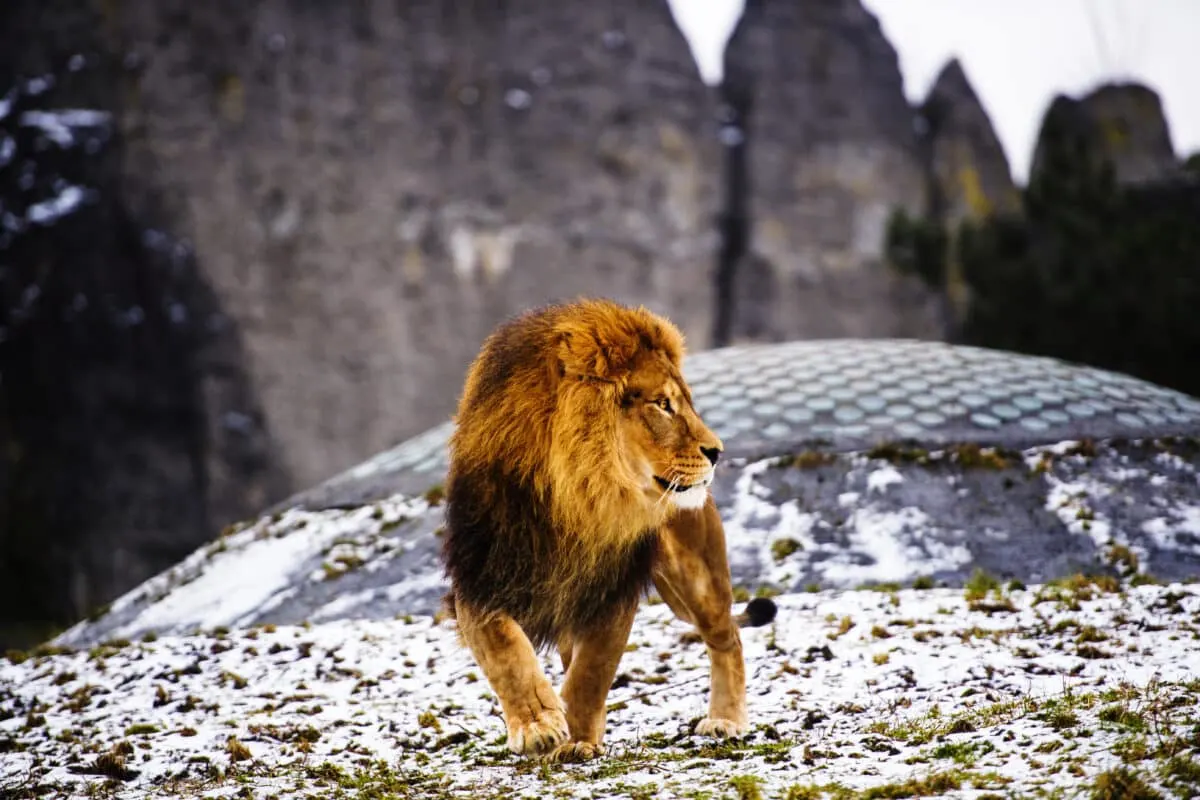In the wild, the term “big cat” conjures images of sleek, powerful predators that command both respect and fear. From the dense jungles of Asia to the vast savannas of Africa, big cats are renowned for their hunting prowess. In this article, we explore four of the world’s most exceptional big cat predators, each with its unique set of skills and strategies.
African Lion (Panthera leo)
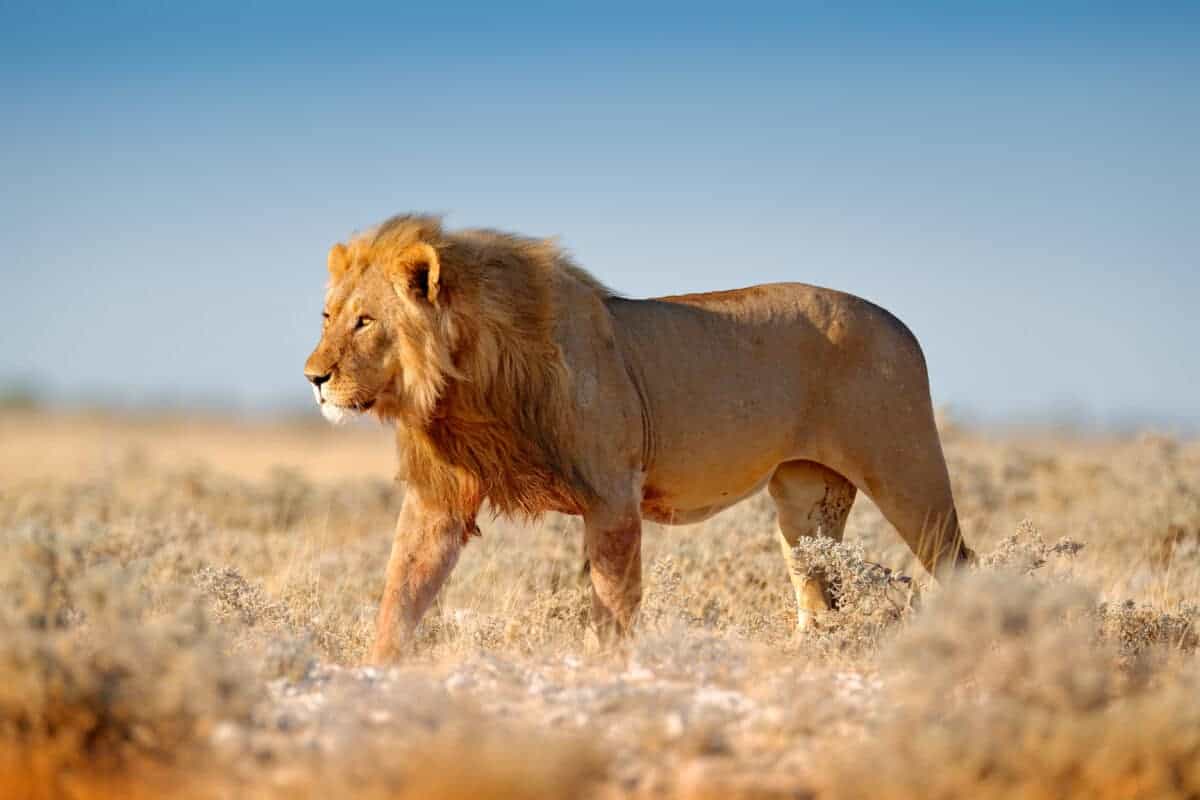
The African lion, often referred to as the “king of the jungle,” is a symbol of strength, unity, and regal authority. Lions are social cats that live in groups known as prides, led by a dominant male. Their hunting technique often involves coordinated teamwork, with females working together to surround and ambush prey.
Lions primarily prey on large herbivores such as zebras, wildebeests, and buffalo. The male lion, with his impressive mane, is often responsible for defending the pride’s territory and leading the charge during hunts. While lionesses are the primary hunters, the sheer power and intimidation factor of the male lion make them an integral part of the pride’s success.
Tiger (Panthera tigris)
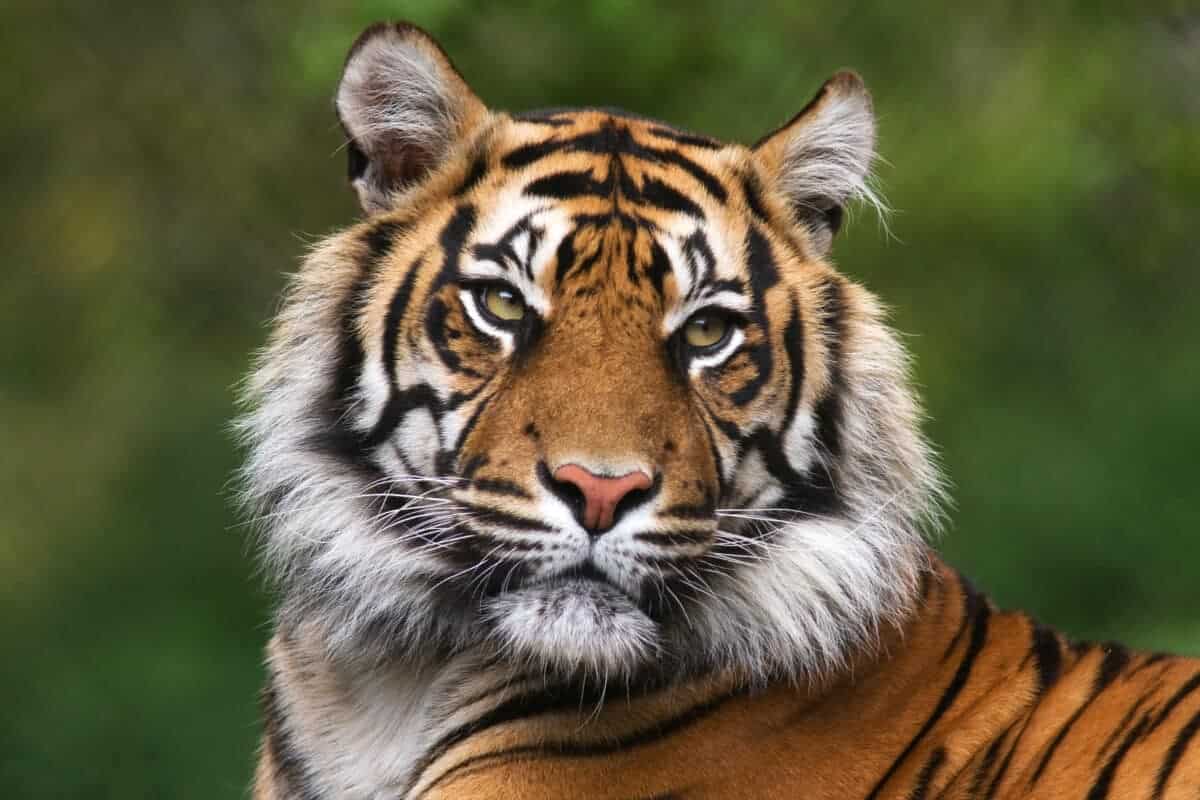
The tiger, the largest of all big cat species, roams the dense jungles and grasslands of Asia. Known for their solitary nature, tigers are highly adaptable and can thrive in a variety of habitats, from mangrove swamps to snowy forests. What sets tigers apart is their remarkable ability to stalk and ambush prey with unparalleled stealth.
Tigers are expert swimmers, and they often use bodies of water to their advantage when hunting. They patiently wait for the opportune moment to strike, relying on their powerful hind legs and sharp claws to bring down prey swiftly. From the iconic Bengal tiger to the elusive Siberian tiger, each subspecies exhibits specialized adaptations to its respective environment.
Leopard (Panthera pardus)
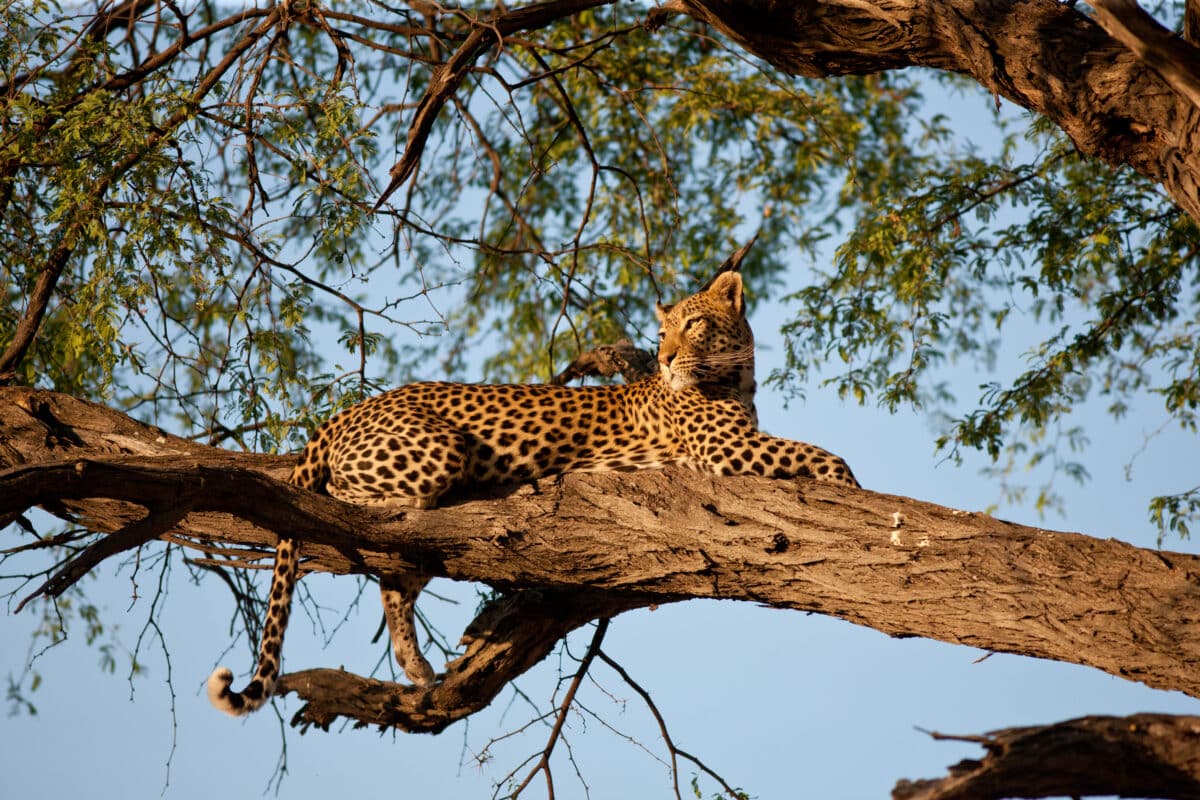
The leopard, a master of adaptation, is found across a diverse range of habitats, from the dense rainforests of Southeast Asia to the arid savannas of Africa. What sets leopards apart is their ability to thrive in both open landscapes and heavily wooded areas. This versatility makes them highly successful hunters.
Leopards are renowned for their ability to climb trees, where they often stash their kills to protect them from scavengers. With a keen sense of stealth and agility, leopards are expert ambush predators. They have a diverse diet, preying on anything from small rodents to large ungulates. Their distinctive spotted coat provides excellent camouflage in their varied habitats, allowing them to blend seamlessly into the surroundings.
Cheetah (Acinonyx jubatus)
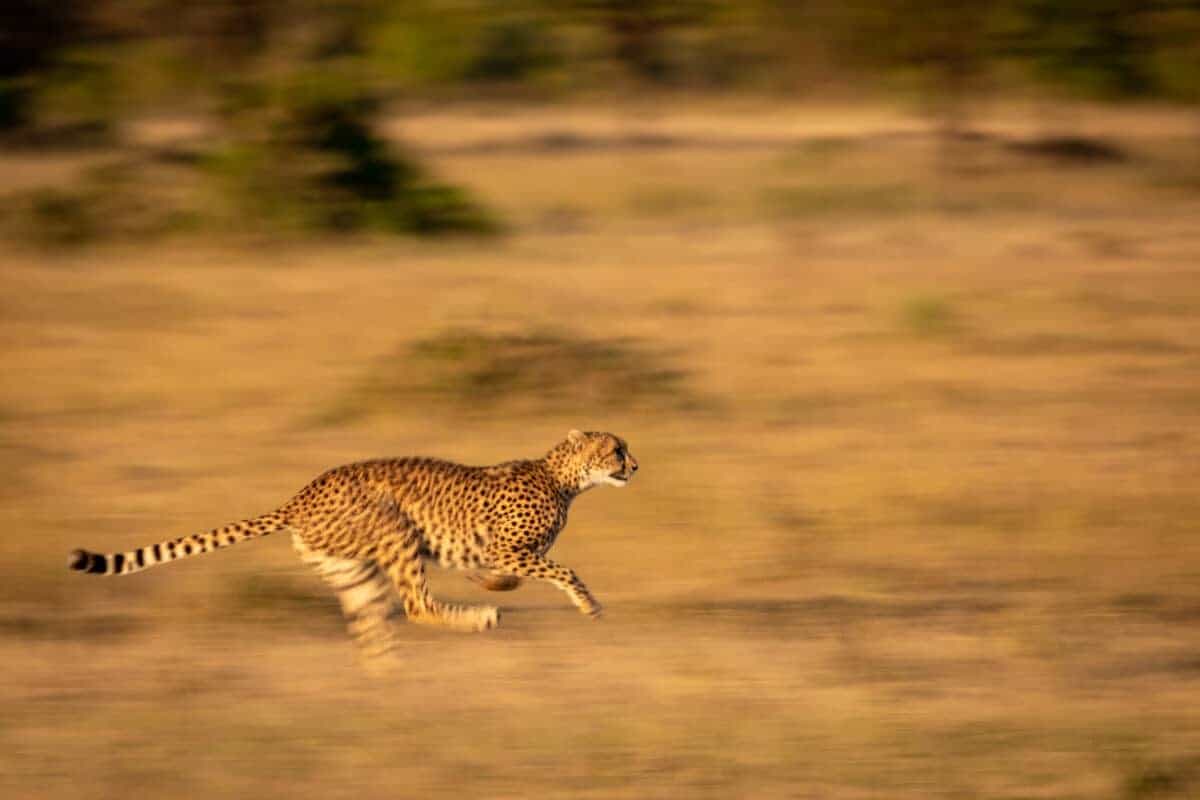
The cheetah is the undisputed sprinter of the big cat world, capable of reaching speeds of up to 75 miles per hour in short bursts. Found primarily in the grasslands of Africa and parts of Iran, the cheetah’s slender build and unique adaptations make it an exceptional hunter.
Unlike other big cats, cheetahs rely on speed rather than stealth. They use their incredible acceleration to chase down swift prey like gazelles and impalas. Cheetahs have distinctive tear marks on their faces, which help reduce glare from the sun and aid in their focus during high-speed pursuits. While cheetahs are formidable hunters, their fragile physique makes them vulnerable to larger predators, and they often lose their kills to lions or hyenas.
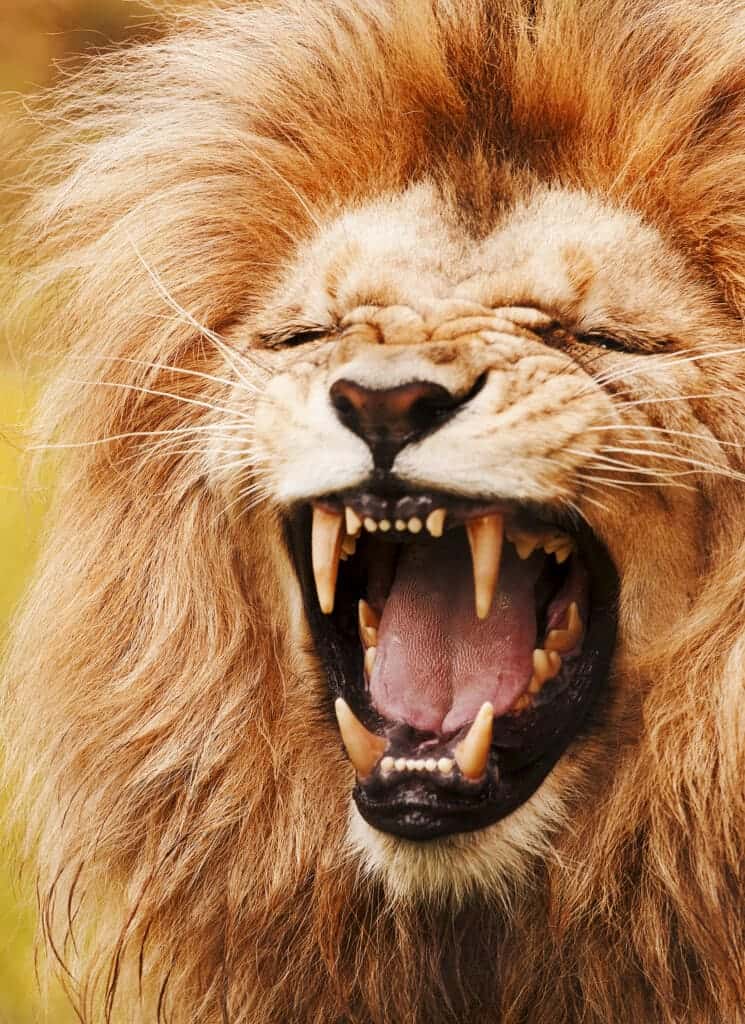
From the regal lion leading its pride to the lightning-fast cheetah racing across the savanna, each big cat species has evolved unique hunting strategies that reflect their environment and lifestyle. These magnificent predators play a crucial role in maintaining the balance of ecosystems, showcasing the diverse ways in which nature has shaped these cats into the ultimate masters of the hunt.
Join our Forum for free today!

- Insects are Dismantling Tunisia’s Crucial Prickly Pear Industry - July 24, 2024
- Cocoa Traders Risk Losing Billions to Ghana’s Infected Crops - July 24, 2024
- Miracle on the Mountain: A Seven-Hour Dog Rescue Underground - July 23, 2024

